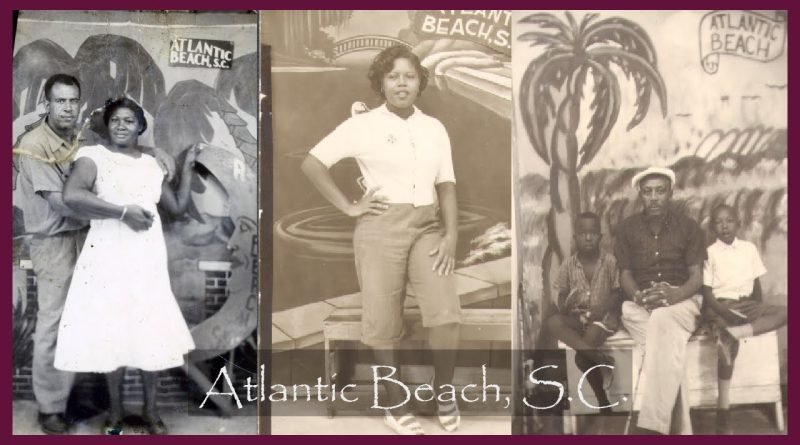“The Black Pearl” South Carolina's Black Owned Beachfront – Atlantic Beach, SC – Horry County Museum
Museum Technical Assistant, Abigail Geedy, gives an overview of the acquisition and early history of Atlantic Beach, aka the “Black Pearl” of South Carolina. This beachfront town has been African American owned since it was bought in 1934 continuing to today.
For more information on the Horry County Museum, visit www.horrycountymuseum.org.
Spanish and English captions and English transcription are provided by a SC Humanities Growth Grant.
TRANSCRIPTION:
Hello and welcome to the Horry County Museum. Today, we’re going to talk a little bit about Atlantic Beach. In 1934, George Tyson purchased the property that is today known as Atlantic Beach in an effort to create an oceanfront community for Black families who, because of segregation, were not allowed beach access in many places on the East Coast. The area nicknamed the Black Pearls situated just north of Myrtle Beach was purchased for $2,000 and consisted of nearly 100 acres. Financial struggles in the early 1940s forced Tyson to sell the land to the Atlantic Beach Company, a group of 10 African American professionals from North and South Carolina, which began development in the area. It was during this time that Atlantic Beach saw its largest growth. Developments included homes and several varieties of businesses, including nightclubs, shops, and motels.
Visitors were also treated to amusement park rides, a sidewalk studio, movie theater, and arcade. An open air pavilion provided the backdrop for much of the entertainment in the area and hosted many well-known performers of the time. Entertainers such as Ray Charles, James Brown, Tina Turner, and Patti LaBelle, who had been booked to play in Myrtle Beach and were welcomed and often stayed and performed in Atlantic Beach. In 1966, Atlantic Beach officially became a town and elected its first mayor, Emery Gore. Elections were also held for vice mayor, town council, police chief, and town attorney. The construction was finished on the town hall in 1969. And within the next few years, the town saw the development of a fire department and community center. Thank you so much for joining us today. Be sure to check out the Horry County Museum as well as the L.W. Paul Living History Farm. Be sure to like and subscribe here on YouTube and follow our social medias to keep in touch with what we’re doing here.
source

